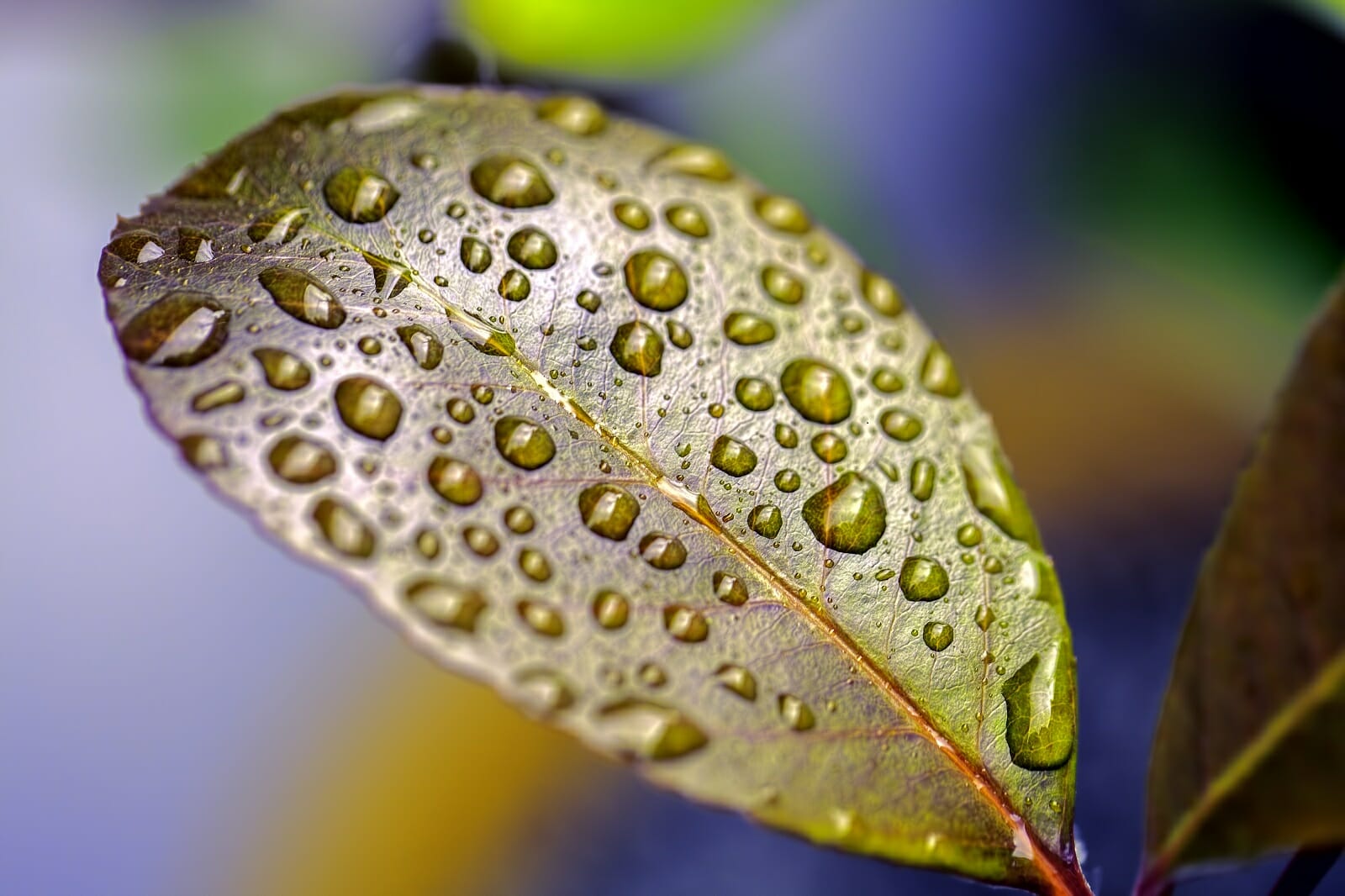Vapor Pressure Deficit and Indoor Growing
Part 2: Why is VPD Important?


Written by Mike Steffes – Quest Dehumidifiers
Why is Vapor Pressure Deficit Important?
Vapor Pressure Deficit, or VPD for short, helps growers identify healthy air moisture conditions over the full range of growing temperatures. Vapor pressure deficit correlates directly to plant transpiration rates. Using VPD to fine tune water flow through the plant gives growers another “control knob” in the quest to balance the plant with its environment.
High VPD (dry conditions in the air) increases the transpiration forces placed on the plant. High VPD can cause wilting when the root water intake can’t keep up with the leaf evaporation loss. Very low VPD indicates the air moisture content is high and approaching the dew point; consequently, transpiration (and nutrient transport through the plant) is inhibited.
what is vpd?
The water vapor content of air can be measured as pressure; it shows up as a part of the total air pressure. All the gases and vapors that compose air have their own pressures (they are called partial pressures). For water vapor, this would be the partial pressure of water vapor. CO2 can be measured as ppm or as a partial pressure of CO2. We usually express the level of CO2 in ppm but we could talk about it as a partial pressure if we wanted to do that.
In a warmer environment, there can be more water vapor in the air than in a colder environment. The quantity of water vapor that could exist in the air approximately doubles for every increase of 20°F. This is not a simple proportional increase. Most of the doubling in each 20°F occurs in the second 10°F (this is called an exponential increase).
The saturation vapor pressure (SVP) is the maximum amount of water vapor that can exist in air at some (any specified) temperature. The difference between the pressure of water vapor actually in the air, we’ll call this the actual vapor pressure (AVP), and the SVP of that same temperature air is called the vapor pressure deficit (VPD).
three abbreviations to remember
- SVP | Saturation Vapor Pressure: The water vapor pressure at 100%RH
- AVP | Actual Water Vapor Pressure: The actual %RH in the air
- VPD | Vapor Pressure Deficit: How much the AVP is short of the SVP
Some growers ask, “Why throw this odd complexity into the matter? Why not just use %RH?
The reason? %RH does NOT relate directly to the transpiration rate of plants, VPD does. The major force moving water vapor out of the leaf is the vapor pressure difference between water vapor inside the leaf and the water vapor just outside the leaf.
a quick comparison between %RH and VPD:
- Relative humidity is the straight, linear percentage that the actual vapor pressure (AVP) is to the saturation vapor pressure (SVP). Relative humidity is expressed as a percentage.
RH is AVP divided by SVP (all at whatever the actual temperature is)
%RH= (AIRAVP / AIRSVP) x 100 …then tack-on a % sign.
- Vapor pressure deficit is the actual pressure difference (in units of pressure) between the AVP and the SVP. Since VPD tries to more accurately express what it is that the plant “feels”, the science has been to use the leaf temperature to calculate the SVP. This is because the leaf is the location where the saturated (100%RH) inner environment of the plant meets the, usually, much drier atmosphere.
VPD is the leaf-temperature SVP minus the product of the air-temperature SVP times the %RH
VPD= LEAFSVP – (AIRSVP x AIR%RH)
The plant-canopy temperature is sometimes substituted for the leaf temperature when calculating the SVP. Alternatively, some growers subtract 5°F from the room temperature. This is done to account for the cooling effect of the evaporating water exiting the leaves. One issue with using leaf temperature is that various leaves are in differing amounts of light exposure ranging from full exposure to complete shade. Another is: as VPD decreases (as it gets more humid), any cooling effect also decreases. So, yes, working with VPD requires you to consider a couple more variables. As usual, with greater power comes greater responsibility.
A plant leaf cross-section
Published on May 11 2017
Last Updated on Feb 21 2024
Categories: Agriculture, Commercial Dehumidifier, Growing Cannabis, High Plant Yield, Humidity
